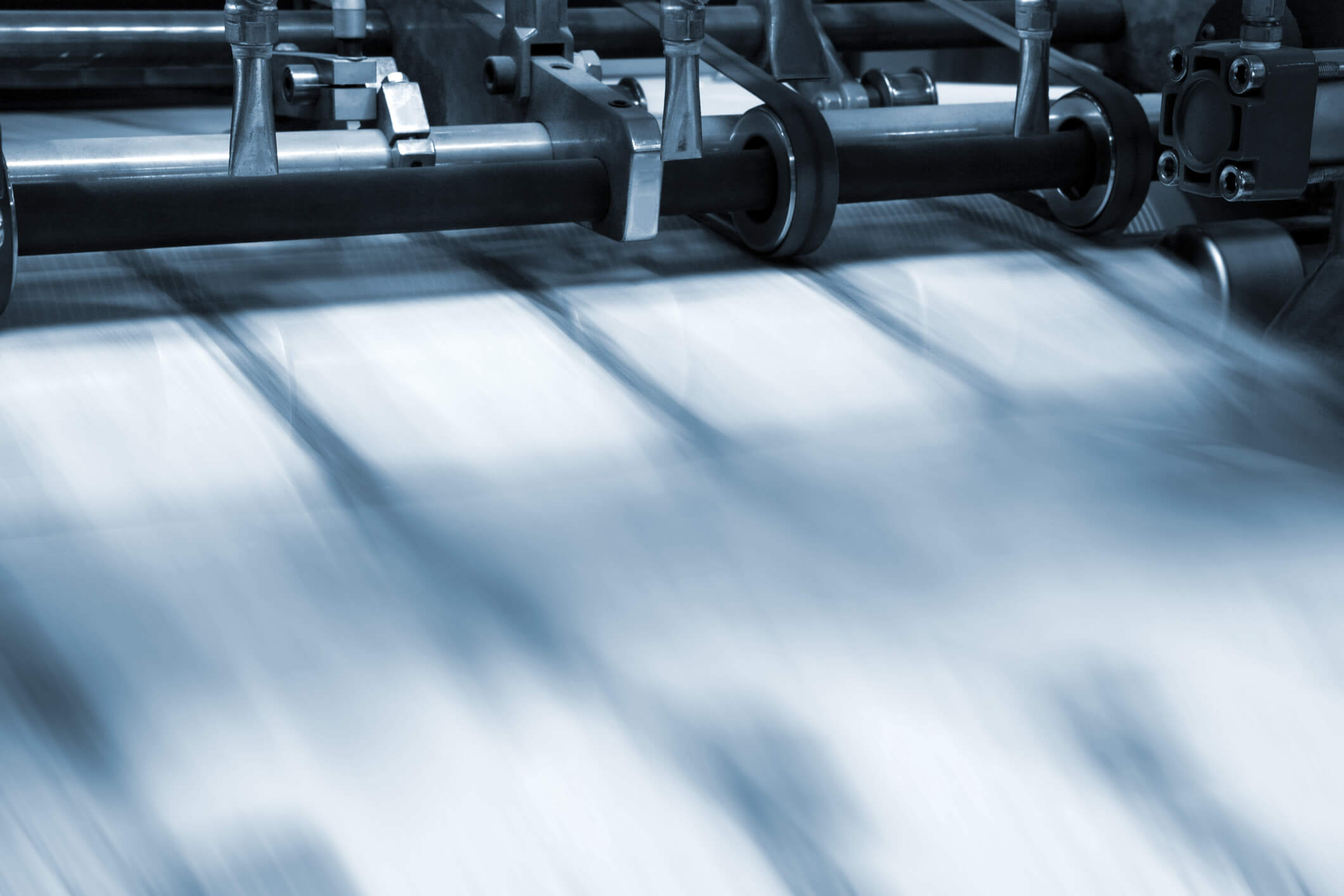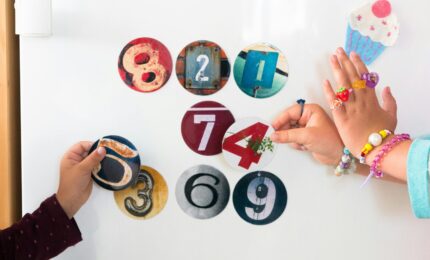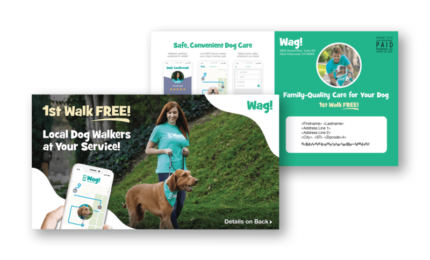Litho vs. Digital Printing: What’s the Right Choice?
By Paul Bobnak | October 31, 2019

Editor’s Note: This post was originally published in October 2019 and has been updated for accuracy and comprehensiveness as of May 2022.
You have to make many decisions when you set up a direct mail campaign. One decision you might not have considered is what kind of equipment should print your mailings.
No, it’s not as sexy as picking out the right paper, trying a die-cut shape or deciding which images to use. Besides, isn’t picking the right press your printer’s call?
You wouldn’t call up the GM CEO and tell her how to build your new car. (Or, maybe you would. No judgment here.)
But this is what makes today’s printing capabilities so interesting. Lithography remains the workhorse of the printing industry. Right alongside it is digital printing, which extends the capabilities you have available to personalize your messages.
At mailing.com, we use the most cost-effective process for your campaign. But the capabilities of each – and what you think may be most important – can determine which type of printing we’ll use for your campaign.
Here’s more about each one:
Lithographic printing
Lithographic printing is a method that uses a metal plate coated in ink to transfer images onto another surface, which then prints it on paper, cardboard and similar media.
Pros: Speed, volume and image quality.
Cons: Precision, although variable data printing (VDP) is possible in post-production. However, it can be cheaper to print a piece using litho first and then run it through a digital press to add personalized data. Your printer representative should work with you to find the most cost-effective solution that will help you meet your objectives.
Digital printing
Digital printing began on the desktop, but advanced technology has moved it into the printing industry alongside the big litho printers. It uses toner or ink to transfer images directly onto many different kinds of surfaces.
Pros: Uses data to print personalized mail pieces; potentially lower cost for printing shorter runs; faster set-up.
Cons: Slower production of individual pieces in large runs; needs clean, fresh data and images for accurate targeting.
So, which one is best? There’s no single answer. It depends on your campaign goals and budget. These four questions can help you figure out which path to pursue:
1. How big is your campaign?
This question covers both geographic reach and quantity. The more people you need to reach – national or regional versus local or community – the more likely litho will suit your needs.
2. What kind of mailpiece do you want to use?
Both litho and digital can print on a handful of different substrate weights and types of materials, although litho offers you a little bit of a wider range.
3. How precise is your targeting?
Ideally, using digital printers is the choice if you need to send a highly personalized campaign. Litho-printed mailpieces can have some data-driven content added to them using digital printing.
4. What’s your budget?
This is a tricky one because so many factors go into total project cost. Litho can have higher initial costs for setting up the presses, especially if you’re using custom color combinations, unique inks and the like. The more pieces you print, the more your unit cost goes down.
That’s a lot of details to absorb. To help you understand more about the benefits of each, here are two scenarios to consider.
When litho would be a good choice
Let’s say your company sells pet foods and supplies online, and you want to use direct mail to increase your customer base. You want to send a tri-fold mailer to a rented mailing list of 500,000 names and addresses across the United States.
Your offer is a $20 bonus on purchases over $49 to new buyers. You have no data other than name and address.
Litho would be a good choice here because you don’t need any personalized content. If, however, you wanted to add a unique code tied to each name and address to prevent people from copying the offer and sharing it, you could print the static copy on litho and then run it through a digital machine to add each unique code.
When digital would be a good choice
Your company is a brick-and-mortar retailer with a loyalty program. You want to encourage loyalty members to visit your stores more often. So, you send a monthly mailer that summarizes the customer’s spending for the previous quarter with an incentive to spur another visit.
The mailer includes the number and value of coupons redeemed, most frequently purchased products, number of store visits (based on how often the customer used the loyalty card) and the store they visit most.
It also lists the customer’s current loyalty ranking and how close they are to the next level. To persuade them to go back and buy more, you add a time-sensitive coupon for a discount on a category that they don’t shop as often.
Whew! That’s a lot of data!
Digital printing would be your preferred method here because you will be using unique customer data in each field. The mailpiece will take longer to produce, but you’ll end up with a highly personalized message that reminds your customers why they shop with you and gives them a reason to come back soon.
Wrapping it up
Many large-scale commercial printing services have added digital printing capabilities to their traditional litho printing services. Be careful when shopping around, however, especially when you’re thinking about doing a highly personalized direct mail campaign.
Choose a printing service that has on-site staff who can help you manage your data and troubleshoot problems to avoid costly data disasters.
At mailing.com, we have invested heavily in state-of-the-art litho and digital equipment and processes. They help us give our clients the widest range of options for meeting their printing needs. If you’re not sure which method is better for you, please reach out to us!
One of our printing experts will work with you to figure out your best options given your campaign goals and budget. No pressure, no double-talk, just the kind of advice you would expect from a company with a track record of success for 50+ years.


